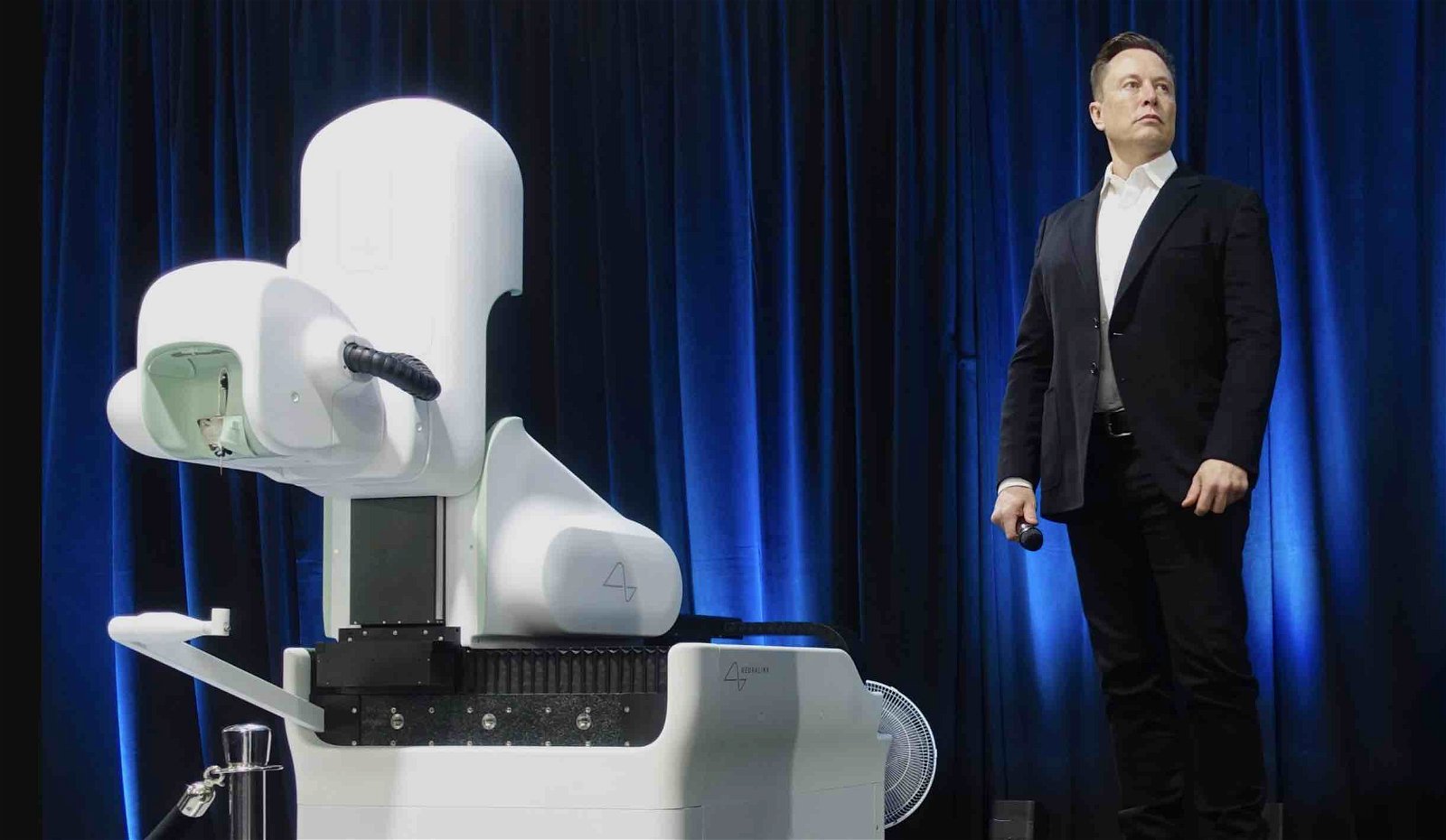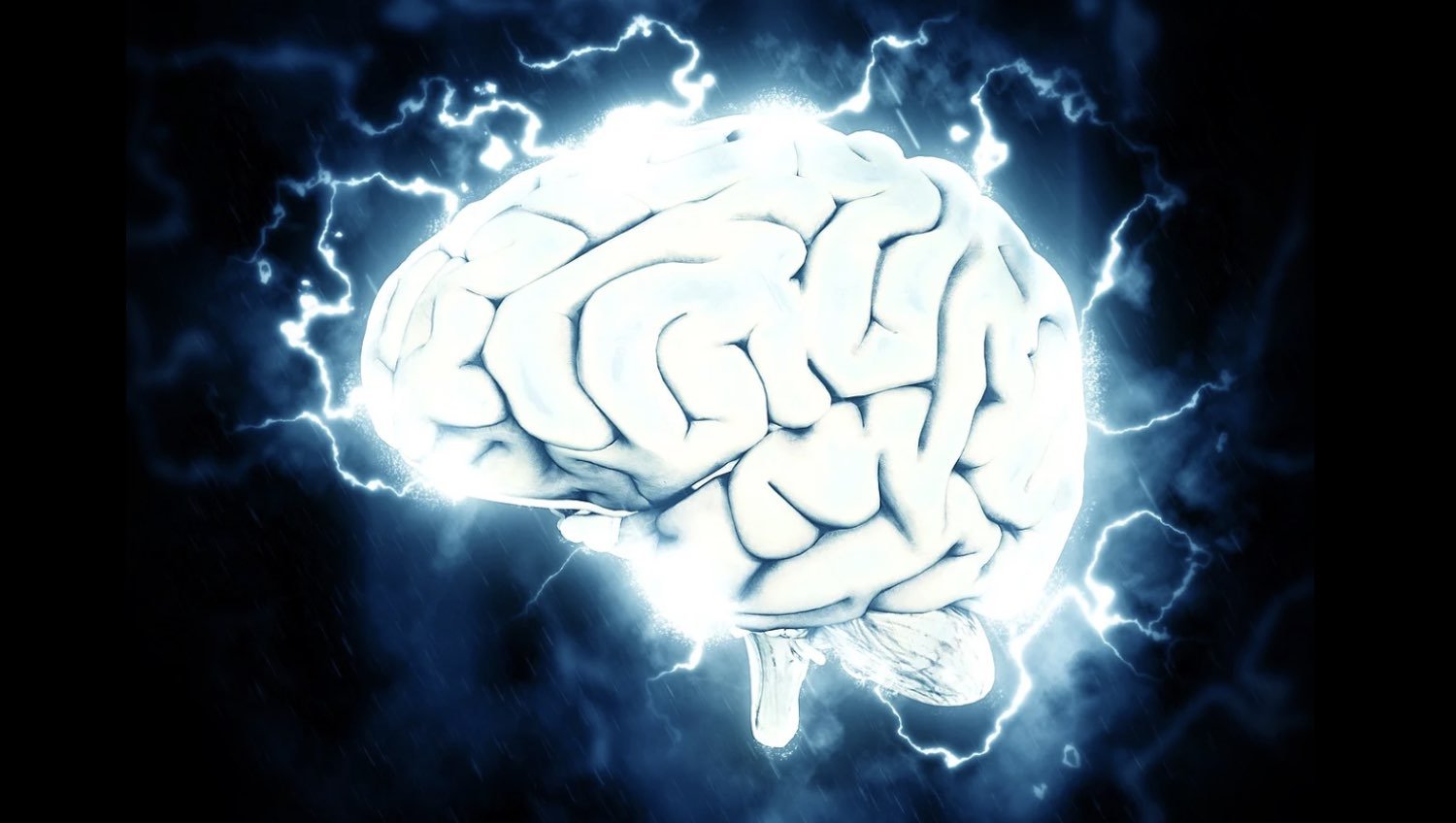In the future, we may be able to post on social media using only our minds, as evidenced by a recent breakthrough in the development of brain-computer interface technology.
A 29-year-old paralyzed man, Nolan Arbaugh, has become the first person in history to tweet on the social media platform X using only his mind, an achievement made possible by Neuralink’s innovative brain implant technology.
Launched by Elon Musk and seven other scientists and engineers in 2016, Neuralink is developing implantable brain-computer interface technologies that monitor and stimulate brain activity. These technologies allow individuals to control computers or other devices and potentially offer a technological aid to patients suffering from paralysis, brain and spinal cord injuries, and similar conditions.


After a diving accident left him paralyzed below the shoulders, Arbaugh received the chip implant in January. Now, after becoming the first official Neuralink patient, it has helped Arbaugh attain “cyborg” abilities that allow him to control various kinds of technology using only his mind.
In a posting on X, Musk praised the achievement, referring to it as the “First ever post made just by thinking!”
“The surgery was super easy,” Arbaugh said in a video posted on X.
“Twitter banned me because they thought I was a bot,” Arbaugh later wrote, adding that Musk had “reinstated me because I am.”
Twitter banned me because they thought I was a bot, @X and @elonmusk reinstated me because I am.
— Noland Arbaugh (@ModdedQuad) March 22, 2024
The initial announcement on X showed a nine-minute video of Arbaugh moving a cursor on a computer using the implanted device. With Jamiroquai’s “Virtual Insanity” playing in the background during the video, Arbaugh proceeds to explain how he loved playing chess but was incapable of doing so for many years due to his disability.
“That’s all me, all. It’s pretty cool, huh?” Arbaugh says in the video, demonstrating how he moved the cursor on the screen and then turned off the music in the background using only his brain.
Arbaugh says the Neuralink team started out by “trying a few different things,” which he described as “imagine movement v.s. attempted movement.” With time, he says it became more intuitive for him to just “imagine the cursor moving,” adding that it was like “using the force” to move the cursor where he wanted and that it was a “wild experience.”
Despite the recent success, Arbaugh says there are still a few challenges with using the technology.
“They have run into some issues,” he said.
Musk announced in a post on X on February 21 that “The first human received an implant from Neuralink yesterday and is recovering well.”
“Initial results show promising neuron spike detection,” Musk added. Later the same day, during an X Spaces event, Musk said, “Progress is good and the patient seems to have made a full recovery, with no ill effects that we are aware of,” adding that he was “able to move a mouse around the screen just by thinking.”
The first human received an implant from @Neuralink yesterday and is recovering well.
Initial results show promising neuron spike detection.
— Elon Musk (@elonmusk) January 29, 2024
This week, it was also reported that Arbaugh was able to play the popular video game Mario Kart with help from the implant.
The Neuralink device, approximately the size of a large coin, is implanted into the skull. It contains microscopic wires that can detect neuron activity and transmit a wireless signal to a receiving unit.
During the first clinical trials, Neuralink began by conducting testing in pigs and monkeys and recently received the green light from the Food and Drug Administration (FDA) to proceed with human testing in May 2023. However, on Wednesday, it was learned that U.S. Rep. Earl Blumenauer had queried the FDA about why it did not inspect Neuralink before giving it the green light for human tests.
Each year, Musk’s advancements with the technology increasingly blur the lines between reality and science fiction. During a 2020 press conference, Musk showcased the first pig named Gertrude to be implanted with a Neuralink chip.
“It’s kind of like a Fitbit in your skull with tiny wires,” Musk said. Asked close to the end of the presentation what the future of Neuralink will hold for human memories, Musk replied that people will one day be able to “save and replay” as well as “store and backup memories.”
Musk said that Neuralink users will “ultimately upload them into a new body or robot body.”
“The future is going to be weird,” Musk joked.
Chrissy Newton is a PR professional and founder of VOCAB Communications. She hosts the Rebelliously Curious podcast, which can be found on The Debrief’s YouTube Channel. Follow her on X: @ChrissyNewton and at chrissynewton.com.

